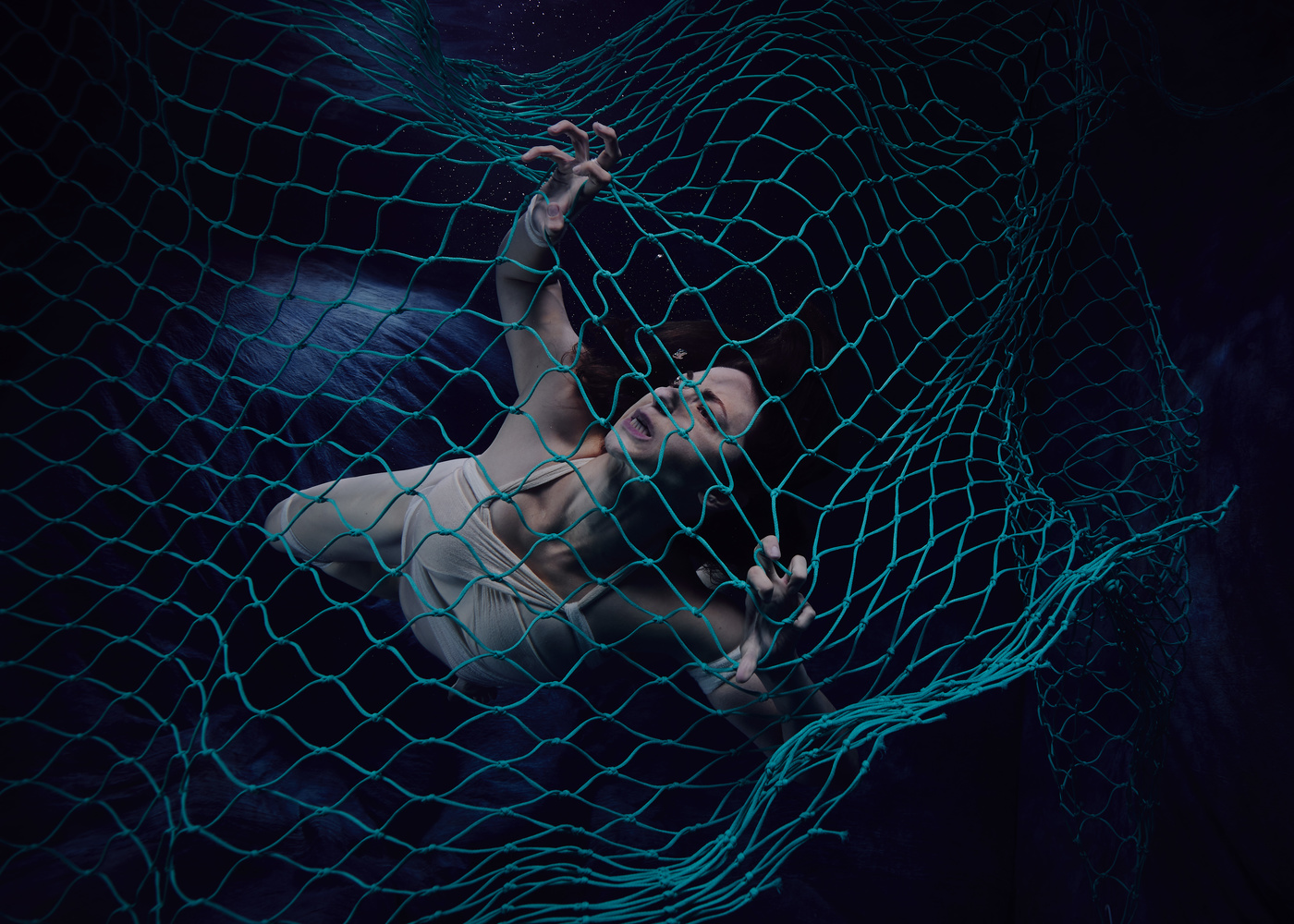What if I told you that a single abandoned fishing net could last for up to 400 years in the ocean... killing and tangling marine life, and coral reefs?
They call them ghost nets, but I call them... silent killers.
For this series, I’m asking you to commit to a 30 day challenge to use hashtag #SilentKillers, and spread the word through social media about businesses and initiatives that are helping to turn reclaimed ghost nets into sustainable products.
For this series, I’m asking you to commit to a 30 day challenge to use hashtag #SilentKillers, and spread the word through social media about businesses and initiatives that are helping to turn reclaimed ghost nets into sustainable products.
Because together, we can champion ocean heroes. And become them ourselves.
From Fstoppers by Jennifer Tallerico
All across social media are images that move the emotion range from tugging at heartstrings to enraging the senses.
So when one photographer needed to convey the message of the threats to ocean life she turned to photography.
A few months ago in a post titled Jelly Fish Soup, artist Christine Ren worked with a team to create image specific to bring awareness of overfishing.
Ren is back at it with a powerful message about discarded fishing nets and the threats they carry.
In the video Ren states, "that a single abandoned fishing net can last for up to 400 years in the ocean - tangling and killing marine life and coral reefs."
They are called ghost nets however Ren refers to them as silent killers.
When fishing vessels abandon or lose their nets or other gear it will cause a major impact for the marine life and ocean ecosystems.
With the widespread access to multi social medias, it is not uncommon for images to be seen of ocean life struggling in these ghost nets such as manta rays, sharks, and sea turtles.
Ren's work is to help generate awareness of not just what has been done, but rather how people can help stop it and recover what already has taken place.
She feels this is not just an ocean issue but a human issue as well.
As such, the idea of this shoot was to use people to highlight the struggle, pain, and resignation that these nets cause in the ocean - whether tangling life or being ingested.
To create emotionally-evocative, eerie yet awe-inspiring, underwater photos to bring mass attention to this issue, and its solutions.
Partnering with photographer Jose Cano, Ren created this series in his underwater studio in Nelson New Zealand.
The pair met during a Kickstarter campaign Ren was running for the series which did not get fully funded.
With little hope that the series would be obtainable, Cano flew Ren out to his studio for a few shooting opportunities.
The safety issues on this particular project were most anticipated and unsettling with the concept of being tied and tangled in the netting.
The team created safety precautions as well as Ren stating, "you just have to push yourself past our fears sometimes to make things that matter to you happen."
Between the makeup artists, costume design, and multiple models on set, the image of Ren dream was coming to life.
Ren continues to pursue ways to bring conservation and awareness to mainstream.
She has a second series launching end of July, titled the 11th Hour about raising awareness on climate change.
To stop derelict gear being left in the first place, requires international policy change and regulations and monitoring of the fishing industry - which I tentatively have a media colleague on board to create a tangential coverage piece on that side of the ghost fishing solutions.
Ren has asked readers to a 30 day challenge to spread the word about business that are turning reclaimed ghost nets into sustainable products.
These companies are working to train fisherman to reclaim lost gear and then regenerating nylon waste into new material products.
These products range from skateboards to swimwear.


No comments:
Post a Comment